White Gold from the Crater Lake
Just before sunrise Arnold Kabuzi and his wife Rachel climb the crater rim. Down there in the middle of the crater shimmers a 2.5 sqkm big lake in the morning light in red-dark blue colours. Arnold’s and Rachel’s workplace. The crater salt lake in southwest Uganda is just one of many lakes in the East African Rift Valley which are rich in minerals, one of the tectonic most active regions of the world. This lake has an extremely high degree of salinity. That is why here, uniquely in Uganda mining of different kinds of salts is profitable.
Arnold and Rachel are two of about 10,000 people in the region who depend on salt mining. In the remote area, close to the border to the Democratic Republic of Congo and and in close proximity to the Rwenzori Mountains, which are up to 5,000 m high, there are few other sources of income. Almost every family owns one or two salt pans from which salt has traditionally been gained for 600 years.
“In other regions you can do farming,” Arnold explains, “here this is not possible. The land is useless. The only thing that sustains us is the salt.” Arnold walks over to his colleagues who have already begun to prepare the rafts used for bringing in the salt from the center of the lake. While the men extract low- quality salt from the ground of the lake which is used for animals and the processing of their hides, Rachel goes to one of the 2,000 salt pans at the banks of the lake. In general it is the duty of women to cultivate the about 8 sqm large pans. There, Kirusa, the white, edible salt is grown. Only at harvest time the whole family lends a hand.
The salt is gathered every 3-5 months, depending on the intensity of the rainy seasons. Befire that can be done Rachel destroys the salt crystals on the water surface every day so that the water evaporates and the salt deposits on the ground of the pan.
Two to three times a year the pans which are made of clay are fillled with the water of the lake. Due to the high insolation the water evaporates slowly and settles down in a solid, white layer at the ground. But the work in the salty water is exhausting. The salt destroys the skin. Wounds don’t heal or even get worse. When Arnold and Rachel go home in the late afternoon, they are dehydrated and their skin is covered with white salt.
The average daily income is around one US dollar a day. In the dry season, when the water level falls, Arnold collects 500 kg of salt each day. This is not possible in the rainy season. For 100 kg of salt he can earn 20,000 Uganda shillings – about 10 US dollars.
Most of the salt is exported to the neighboring countries – to the Democratic Republic of Congo, Rwanda and Sudan. 500 million Uganda shillings (250 Mio. USD) of the profit of the salt mining goes directly to the state in Uganda’s capital Kampala each year. “We have never seen anything of these funds!” Arnold shrugs his shoulders. In fact the infrastructure is barely developed around the crater. There are no tarmac roads and throughout the year the access to the lake is only possible on foot.
However, action is called for. Despite the mining for salt in its own country Uganda imports around 60,000 tons of salt yearly. Uncontrolled deforestation around the crater and water mismanagement contribute to a continual shrinking of the lake surface. Even in ten years time the lake could be dry – then there would be neither salt nor tax revenues.

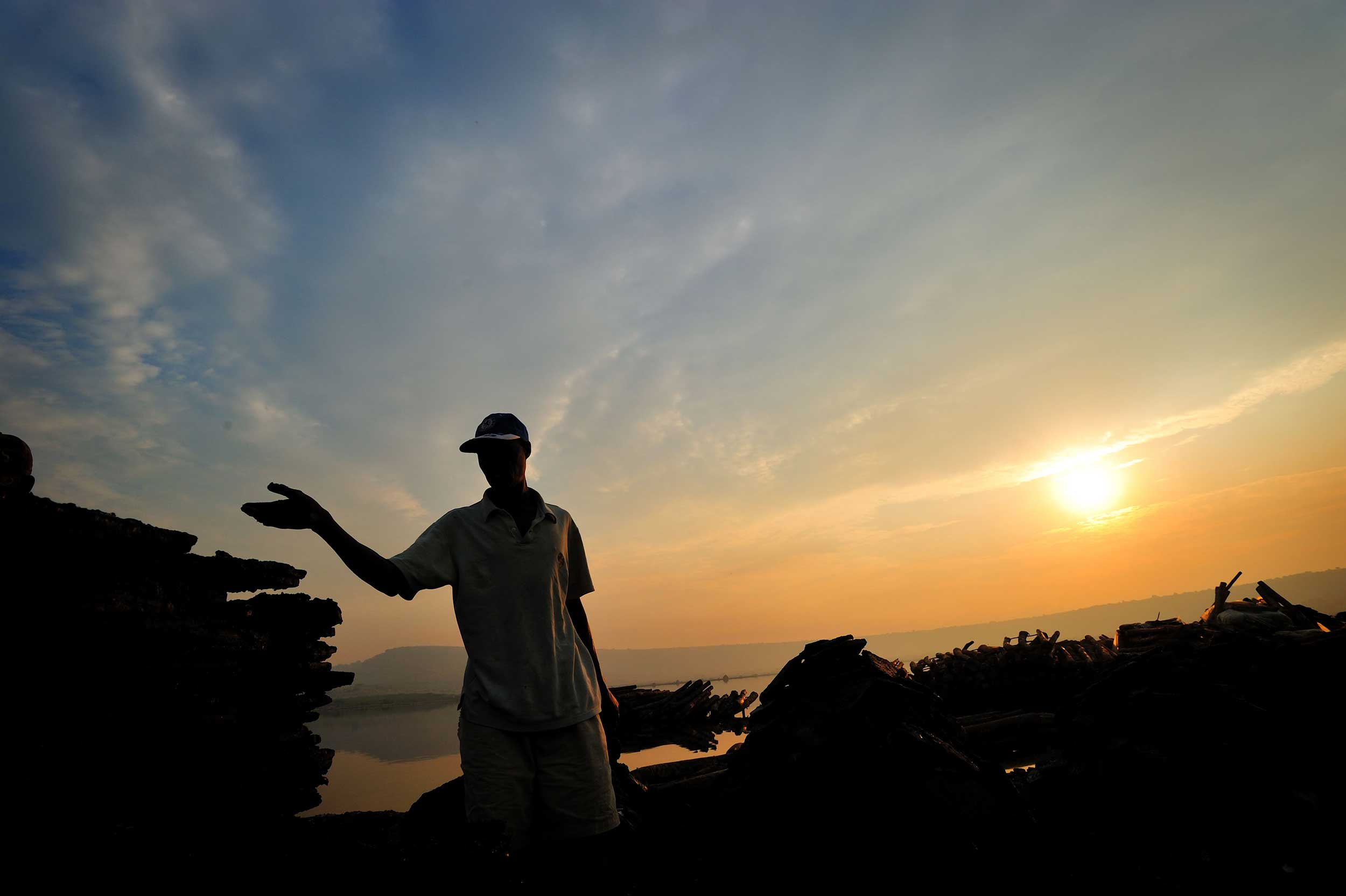
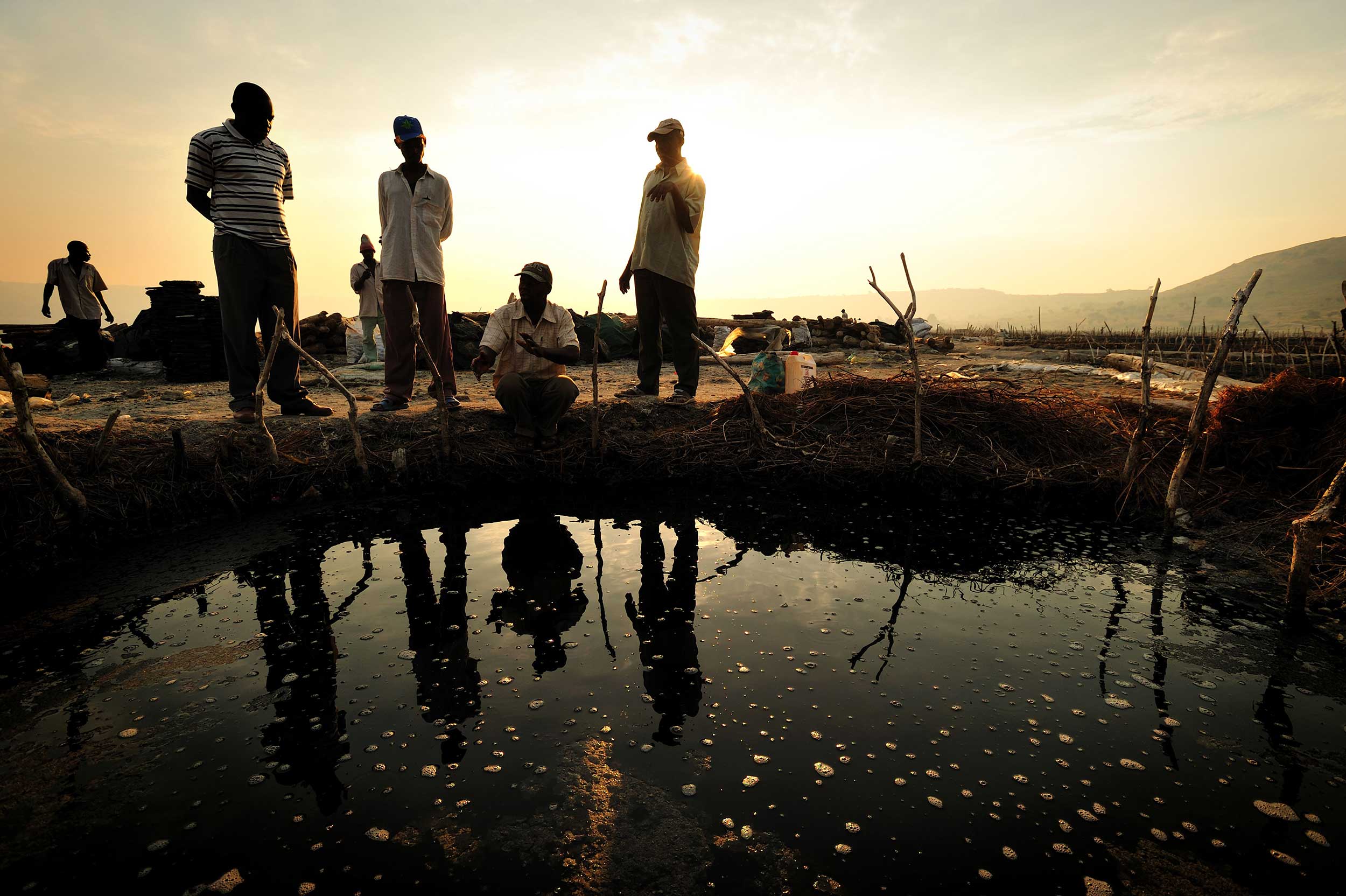
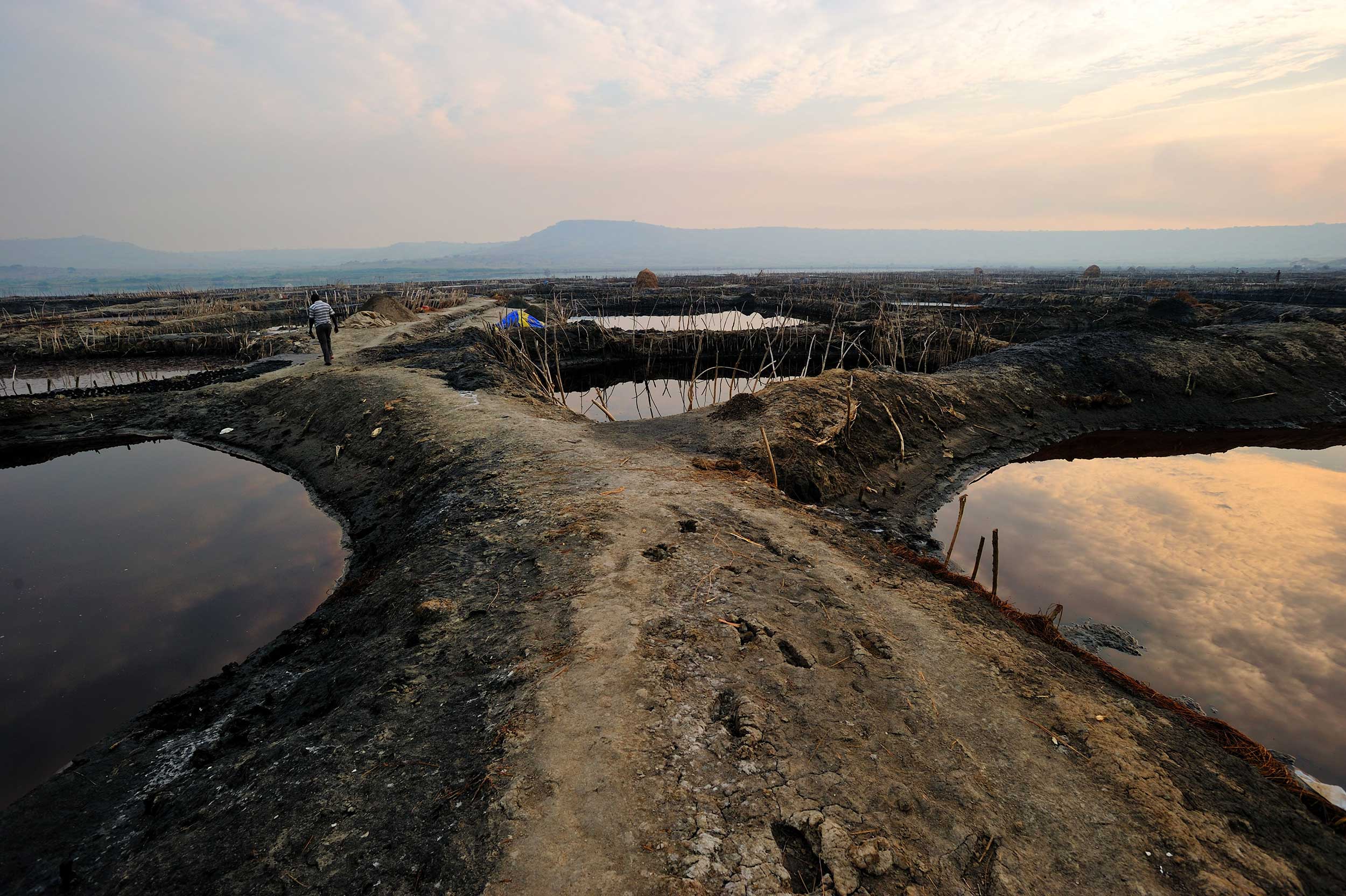
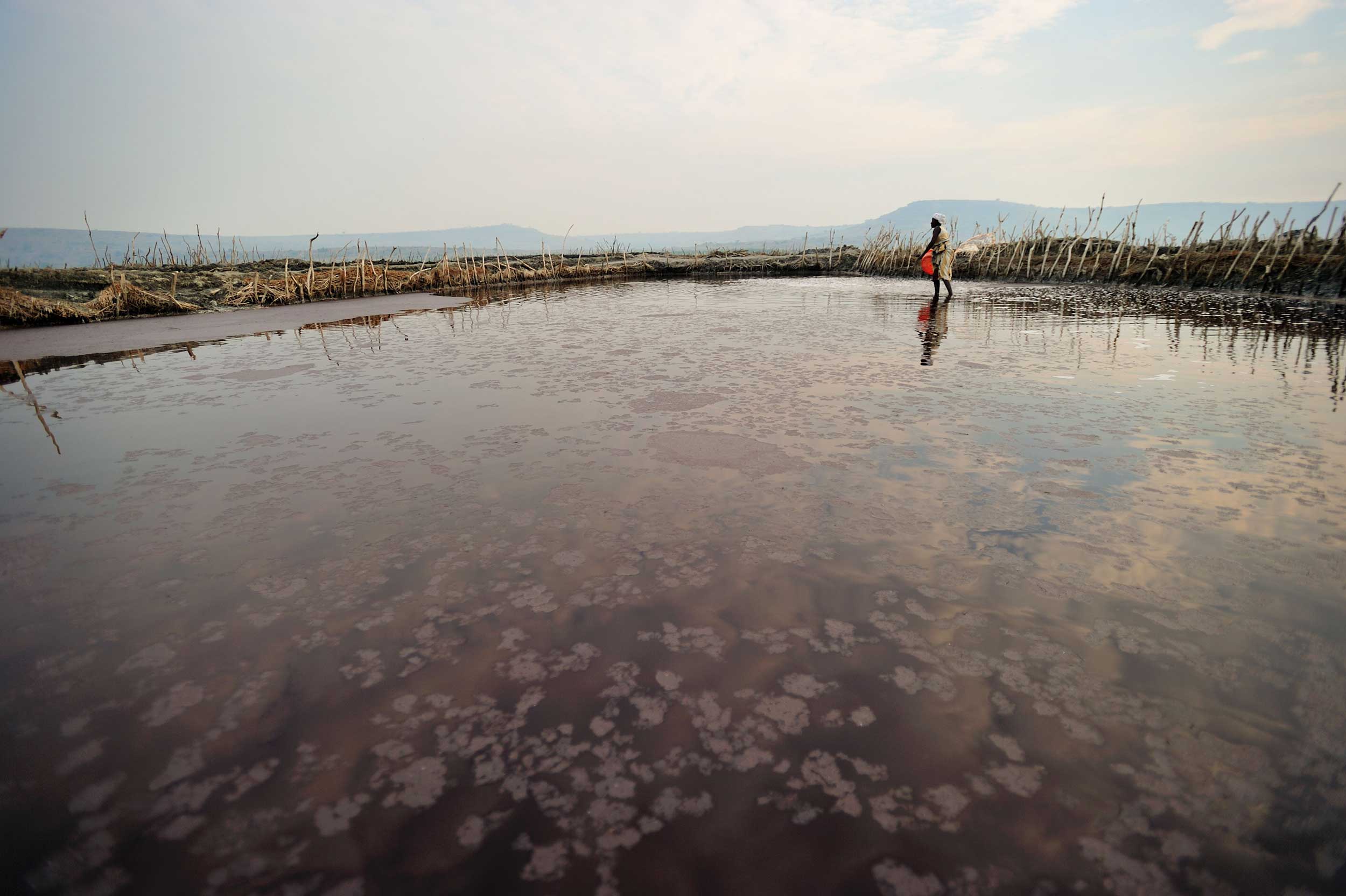
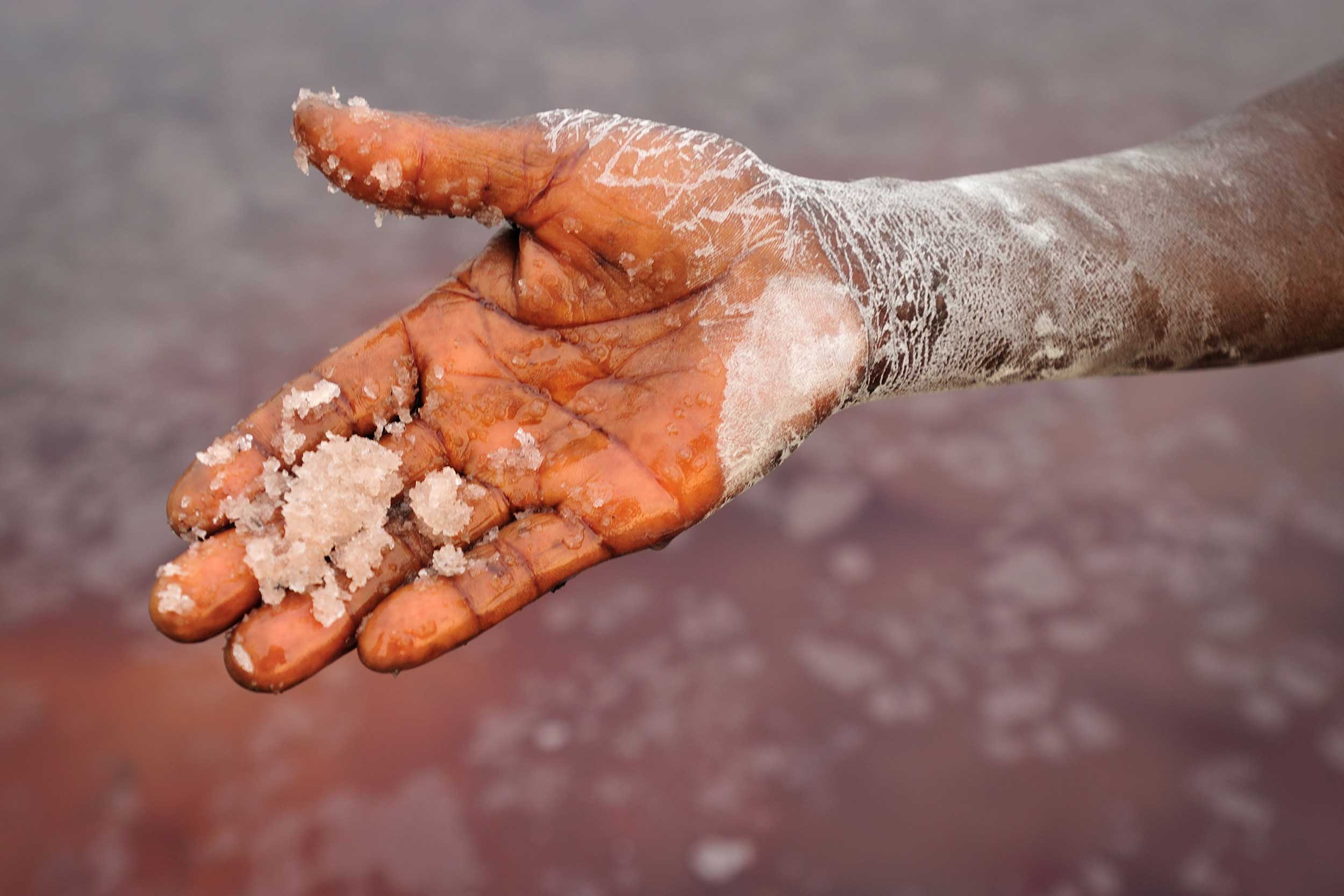
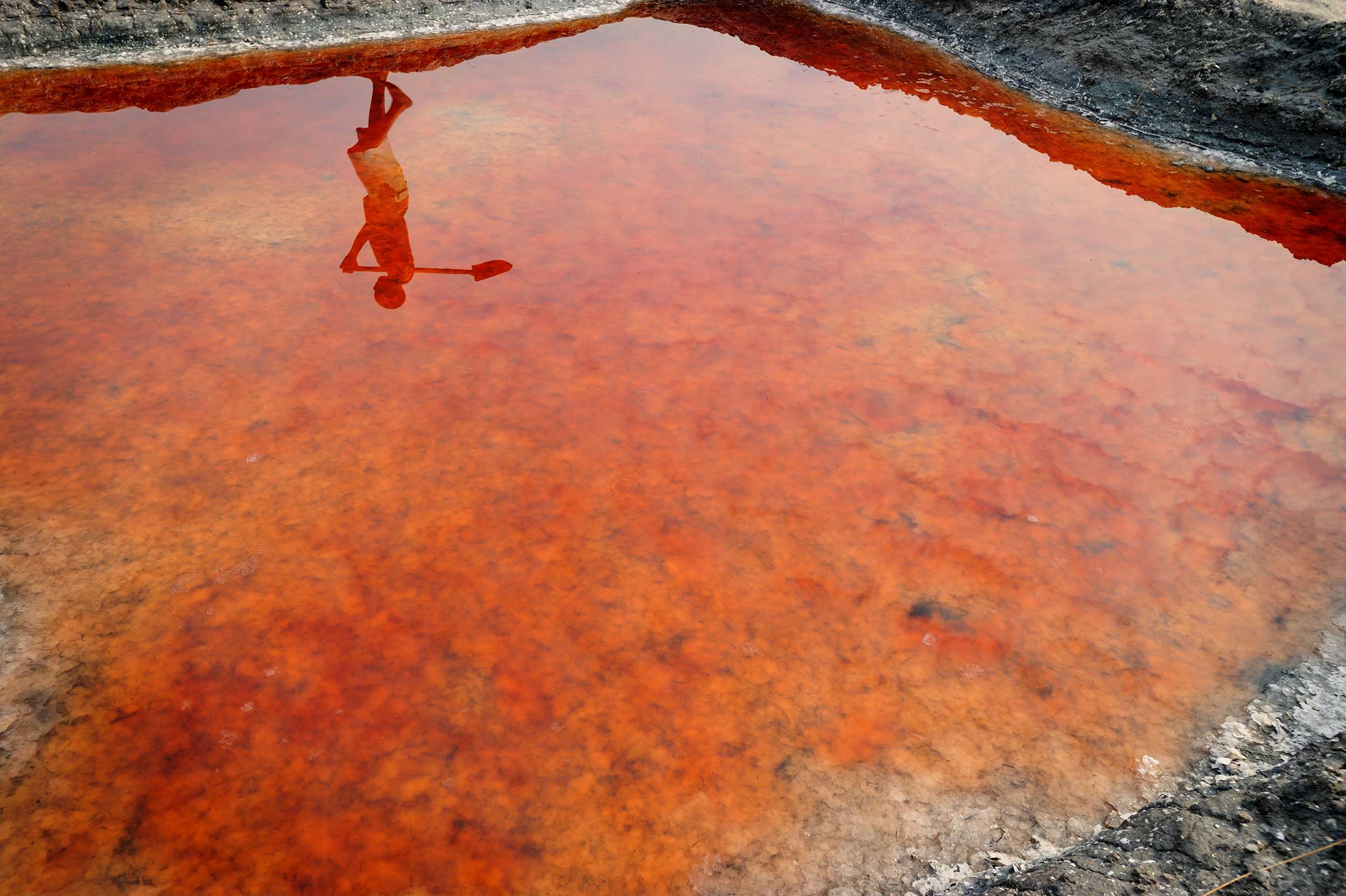
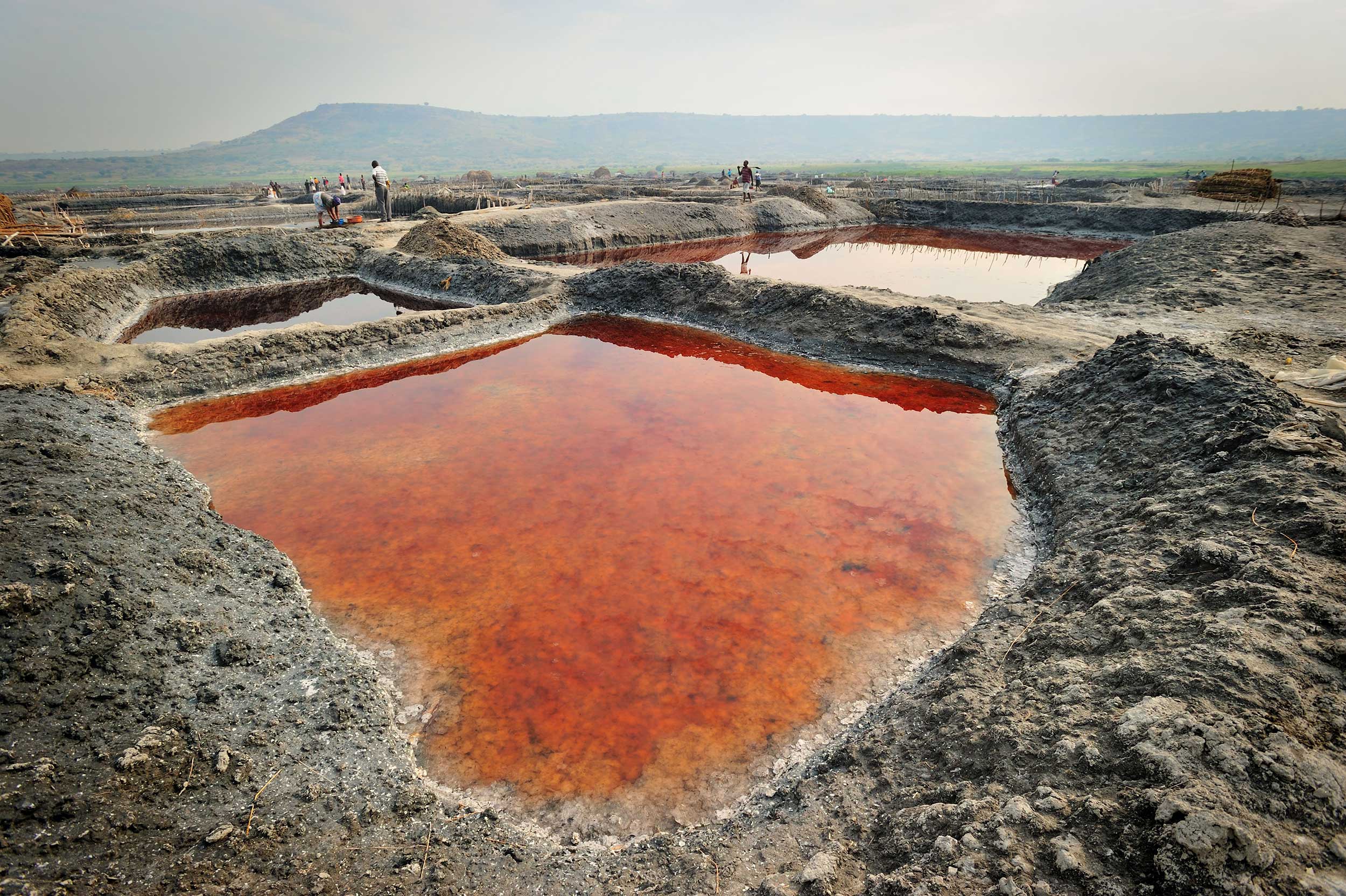
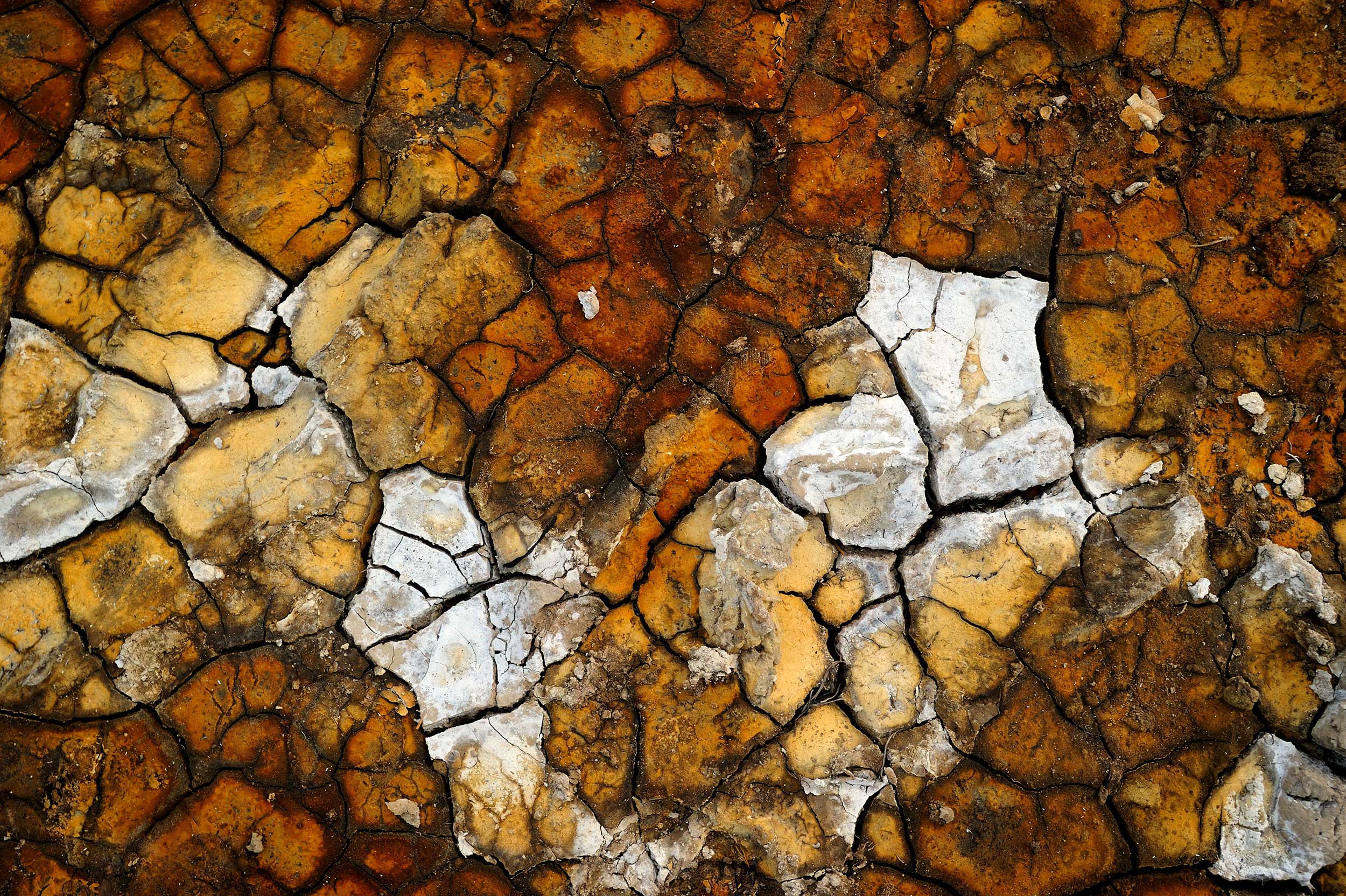
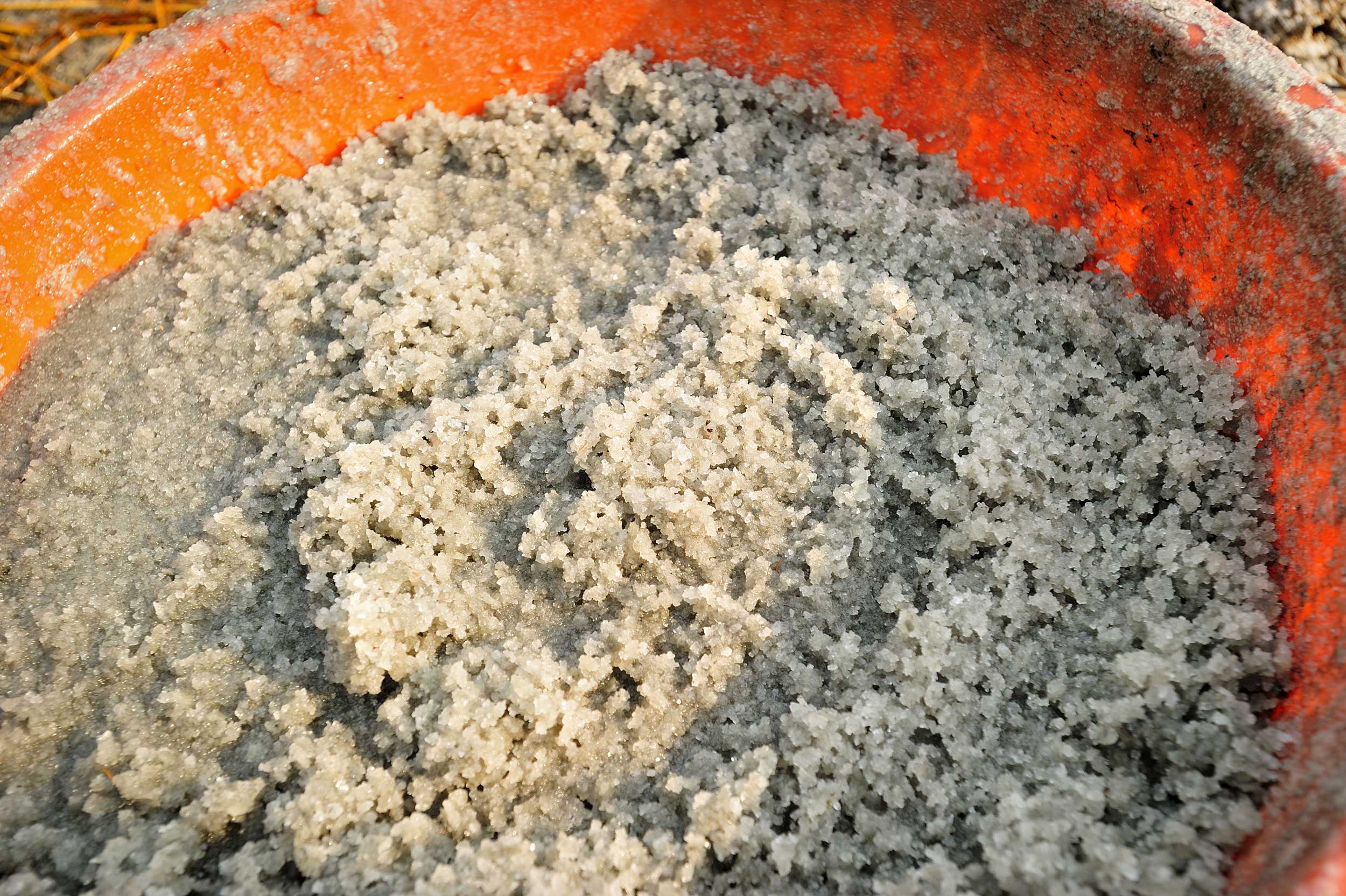
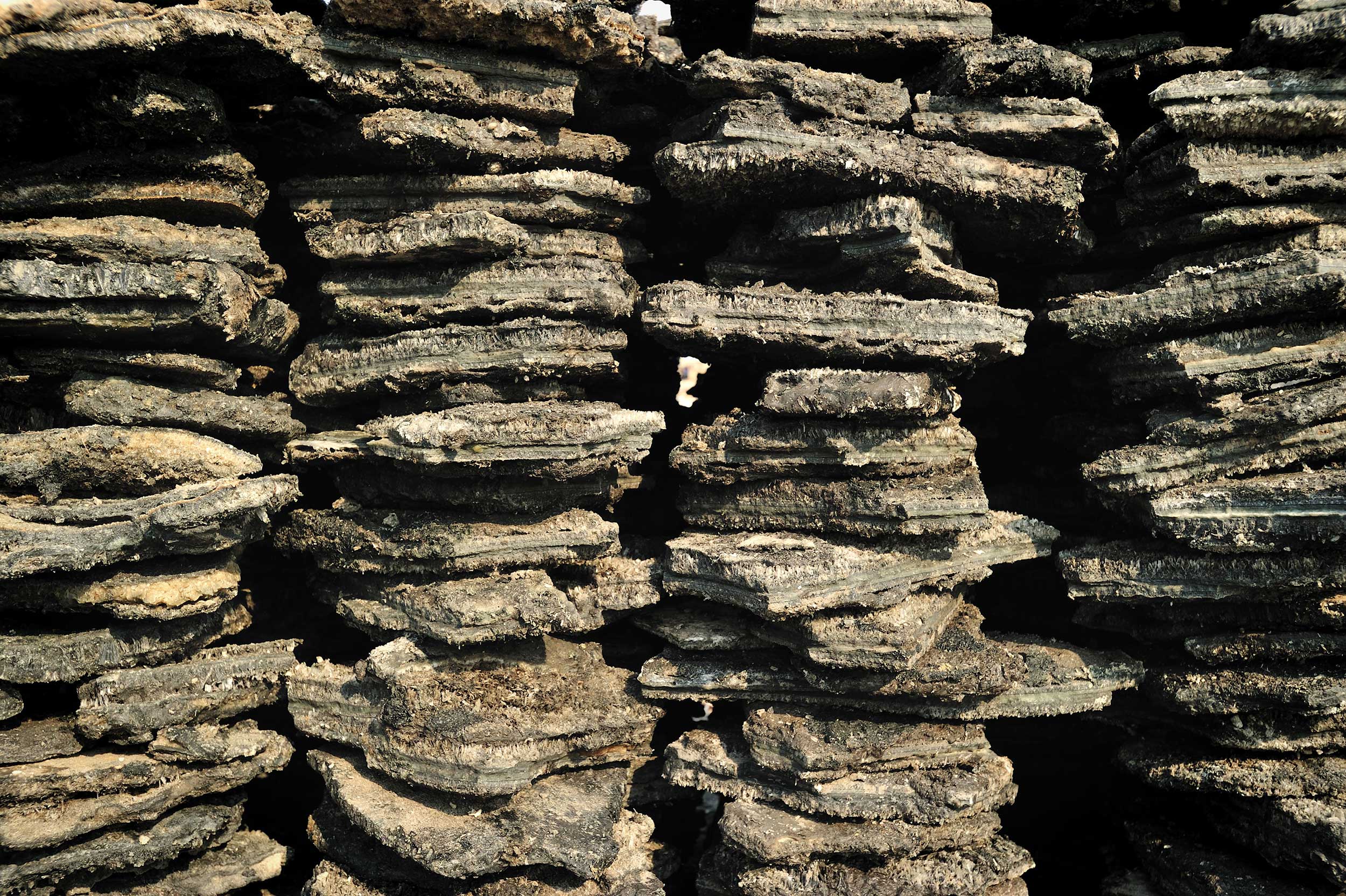
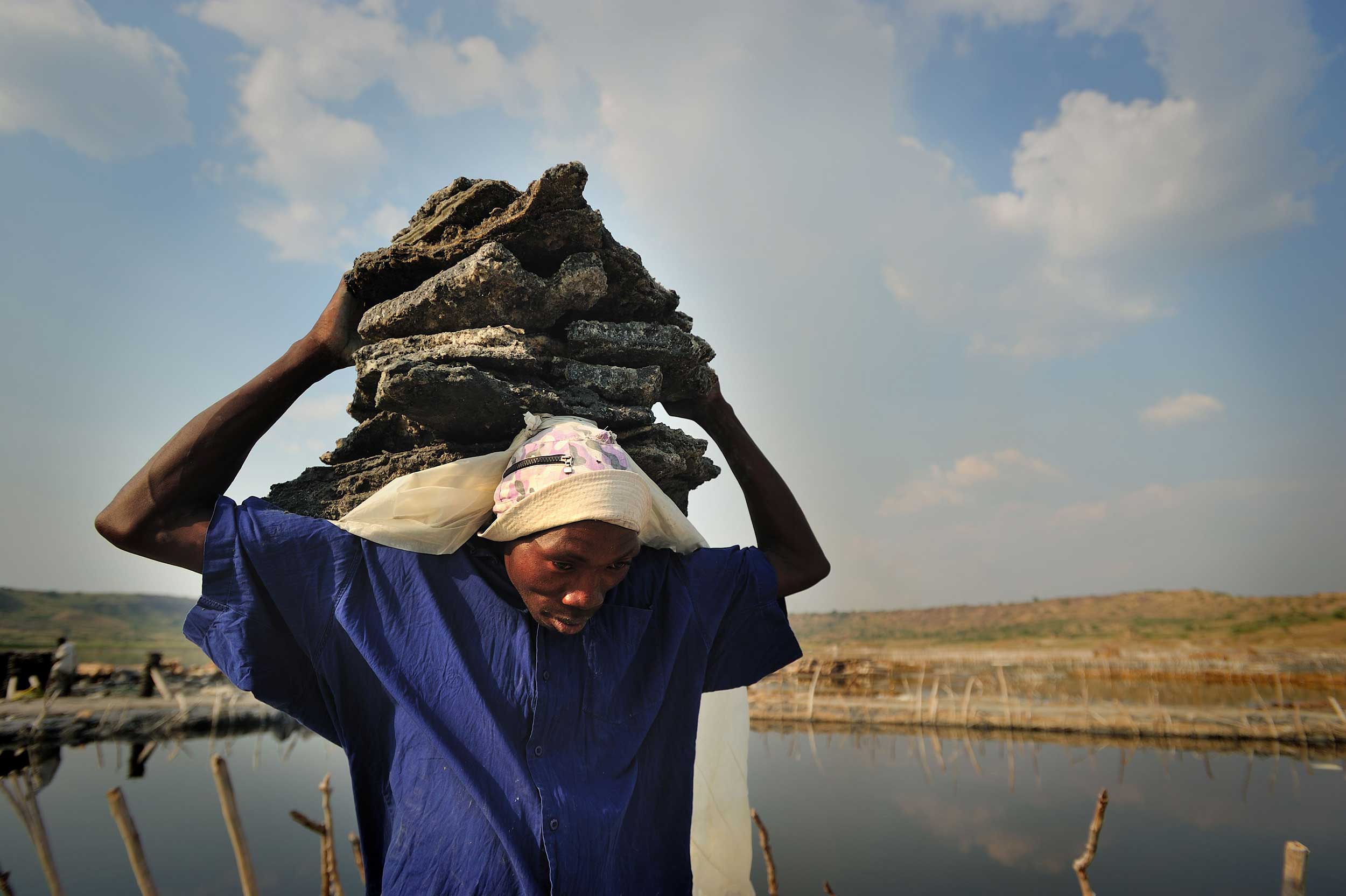
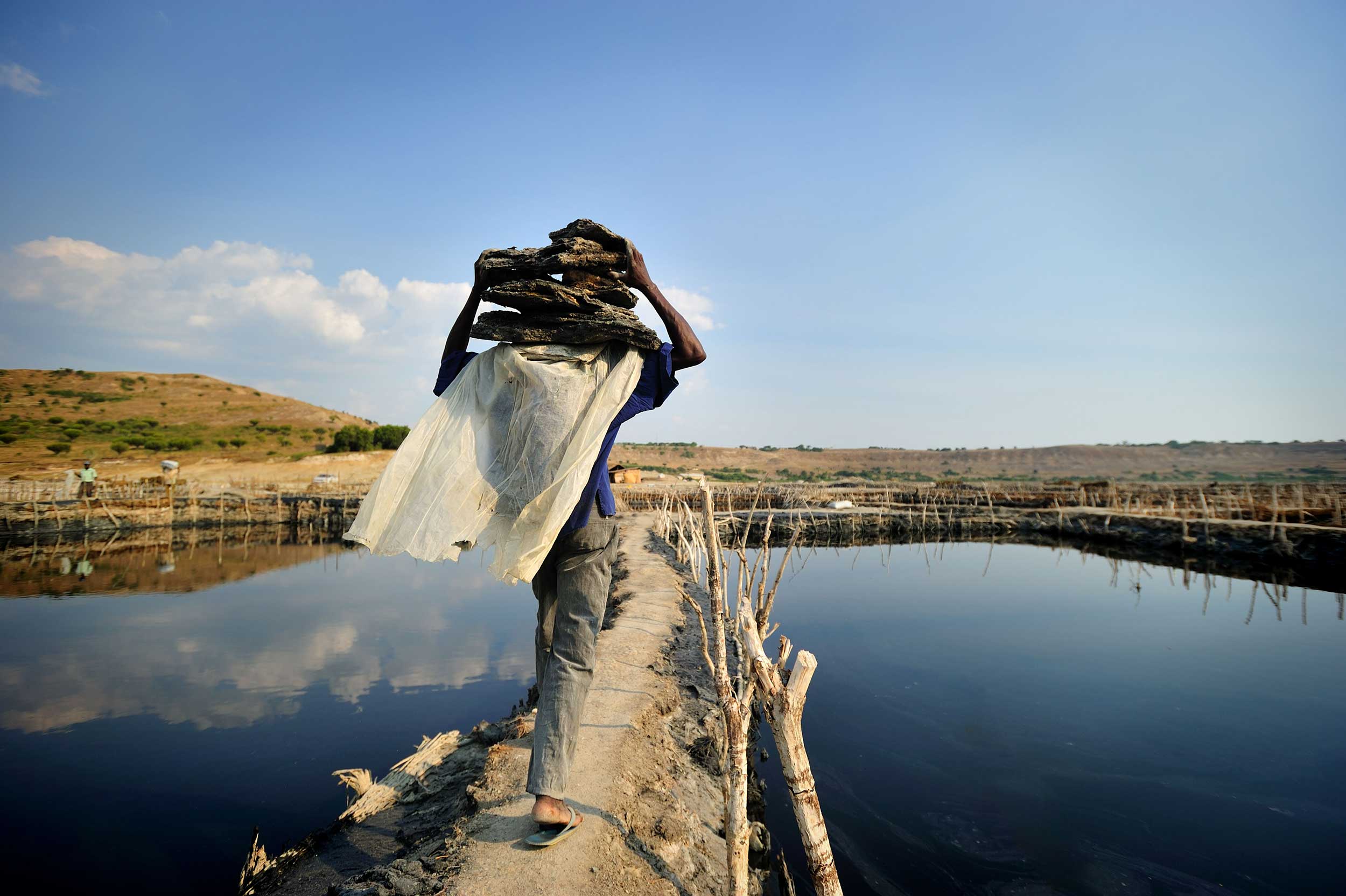
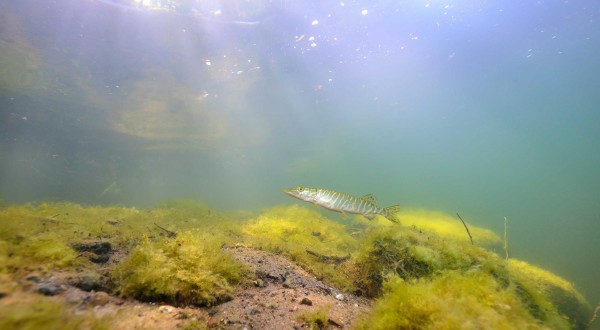
Leave a comment